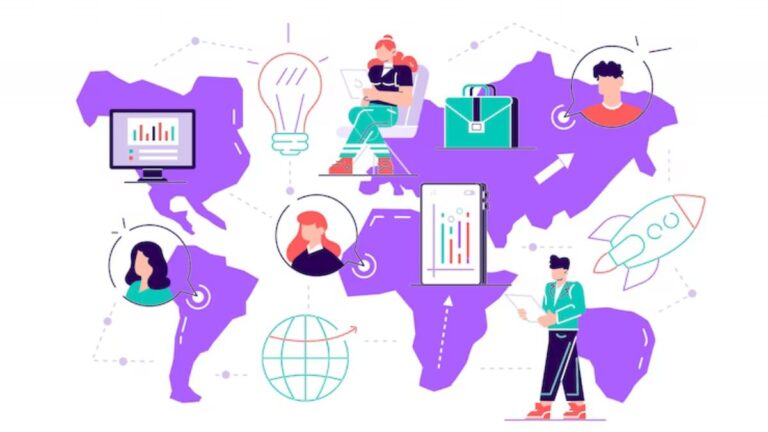Written by Snehasith Bose
Transactions are the foundation of any business, but relationships are what drives brands. And it's the emotional connection with consumers that makes the relationship with a brand so powerful. Regardless of the functional benefits a brand may have, if “how I feel about it” justifies “what I think about it”, both the brand and the business will be disproportionately accelerated.
And the best relationships are born from cultural truths, values that are communicated through symbols, heroes, rituals, and social learning. We found this sweet spot in our Zepto (a quick commerce platform that promises 10-minute delivery) campaign when we reconfigured Indian Standard Time as an elastic time in India. The “rituals'' that all Indians are familiar with were verbalized through the ever-elastic “punch.'' Minute Mine Anya (Please arrive within 5 minutes). However, if Zepto says he has 10 minutes, he means it.
This made the competition that was talking about emergency necessities, sales, etc. suddenly seem more transactional. Zepto was able to tap into cultural truths and align their brand to emotionally connect with consumers.
The result is a great connection with consumers. Even amidst the hustle and bustle of IPL, I remembered the communication, the brand, and was able to download the app and place my order.cultural marketing
While Zepto tapped into specific cultural truths, brands can also make emotional connections with universal truths. A great example is Patek Philippe's Generations campaign, which was launched in 1996 and is still going strong.
Plato hypothesized that the search for ultimate meaning lies in overcoming mortality. And we seek permanence through our deeds and descendants. Applying this idea of “immortality across generations'' to a brand adds depth to its cultural value. Patek He makes Philippe personal, relevant and human.And the advertising symbolism: “You never actually own a Patek Philippe. You just look after it for the next generation.”
Simply put, when it comes to launching, integrating, and pivoting a brand, the best results are achieved by leveraging the one factor that has the greatest emotional impact on consumer behavior: culture.
However, there are two things to keep in mind as you tread this powerful path.
1) The fine line between cultural appreciation and cultural appropriation. The latter usually occurs when there is no living knowledge and understanding of the culture. Therefore, it is important to check the sensitivity of thoughts and expressions in advance. Keep in mind the issues that shape it and the details that shape it.
2) Keep it real. Don't say it just to get people talking. As with all relationships, follow up on the condition with action. So when skeptical consumers dig deeper, some substance emerges.
Whether it's detergent, canned goods, Apple, or Disney, creating culturally relevant emotional connections is a powerful tool to ensure differentiation and drive growth.
The author is Chief Strategy Officer at L&K Saatchi & Saatchi.
follow me twitterInstagram, LinkedIn, Facebook


